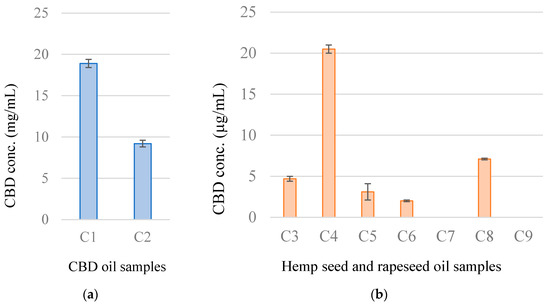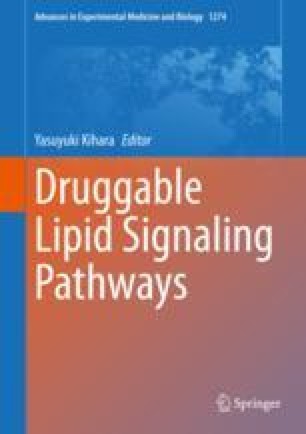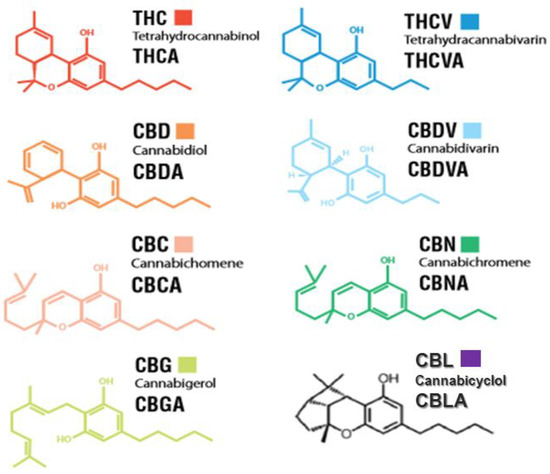 “In the present study, the antimicrobial effect of Cannabis sativa Futura 75 was evaluated both in vitro against foodborne bacterial pathogens, and on food against naturally occurring microbial groups of minced meat stored for 8 days at 4°C.
“In the present study, the antimicrobial effect of Cannabis sativa Futura 75 was evaluated both in vitro against foodborne bacterial pathogens, and on food against naturally occurring microbial groups of minced meat stored for 8 days at 4°C.
Ethanol extraction was performed on the grind of the inflorescence. After extraction, ethanol was completely evaporated and substituted by water. Serial dilutions of the extract, the grind and cannabidiol 99% were added to Nutrient Agar and spotted with Listeria monocytogenes, Salmonella Typhimurium, Escherichia coli and Staphylococcus spp. Regarding the evaluation on food, 50 mL of extract, characterised by CBD at concentration of 322,70 μg/mL, were added to 2.5 kg of minced beef meat. Meat was divided into aliquots and stored for 8 days at 4°C. At 0, 1, 2, 3, 4, 7, and 8 days, aerobic bacteria, enterobacteria, coliforms and E. coli were enumerated.
All tested products were efficient against Gram +. In particular, extract corresponding to CBD concentration of 0.017 and 0.3 mg/mL were effective against L. monocytogenes and Staphylococcus spp. respectively. After 8 days of storage at 4°C, treated minced meat showed a bright red colour in comparison to a brownish control meat. Moreover, Enterobacteriaceae and coliforms were significantly reduced of 2.3 log CFU/g and 1.6 log CFU/g respectively in treated meat in comparison to the control.
Although preliminary, the present study suggests the antimicrobial properties of the extract of Cannabis sativa both in vitro and in minced meat.”
https://pubmed.ncbi.nlm.nih.gov/32913724/
https://www.pagepressjournals.org/index.php/ijfs/article/view/8581

 “Hemp (Cannabis sativa L.) seed contains high contents of various nutrients, including fatty acids and proteins.
“Hemp (Cannabis sativa L.) seed contains high contents of various nutrients, including fatty acids and proteins.


 “Recent years have seen an increase in the adoption of cannabinoid medicines, which have demonstrated effectiveness for the treatment of chronic pain.
“Recent years have seen an increase in the adoption of cannabinoid medicines, which have demonstrated effectiveness for the treatment of chronic pain. “Current literature on the effect of cannabis use on sleep quality is mixed, and few studies have used objectively-measured sleep measures or real-time sampling of cannabis use to examine this relationship.
“Current literature on the effect of cannabis use on sleep quality is mixed, and few studies have used objectively-measured sleep measures or real-time sampling of cannabis use to examine this relationship. “Cannabis products have been used for centuries by humans for recreational and medical purposes. Resent research, proposed the promising therapeutic potential of cannabis and related cannabinoids for a wide range of medical conditions, including psychiatric and neurological diseases.
“Cannabis products have been used for centuries by humans for recreational and medical purposes. Resent research, proposed the promising therapeutic potential of cannabis and related cannabinoids for a wide range of medical conditions, including psychiatric and neurological diseases. “Cannabis and cannabinoid-based extracts have long been utilized for their perceived therapeutic value, and support for the legalization of cannabis for medicinal purposes continues to increase worldwide.
“Cannabis and cannabinoid-based extracts have long been utilized for their perceived therapeutic value, and support for the legalization of cannabis for medicinal purposes continues to increase worldwide. “Industrial hemp (Cannabis sativa L., Cannabaceae) is an ancient cultivated plant originating from Central Asia and historically has been a multi-use crop valued for its fiber, food, and medicinal uses. Various oriental and Asian cultures kept records of its production and numerous uses.
“Industrial hemp (Cannabis sativa L., Cannabaceae) is an ancient cultivated plant originating from Central Asia and historically has been a multi-use crop valued for its fiber, food, and medicinal uses. Various oriental and Asian cultures kept records of its production and numerous uses.

 “The immune-suppressive effects of cannabidiol (CBD) are attributed to the modulation of essential immunological signaling pathways and receptors. Mechanistic understanding of the pharmacological effects of CBD emphasizes the therapeutic potential of CBD as a novel immune modulator.
“The immune-suppressive effects of cannabidiol (CBD) are attributed to the modulation of essential immunological signaling pathways and receptors. Mechanistic understanding of the pharmacological effects of CBD emphasizes the therapeutic potential of CBD as a novel immune modulator.